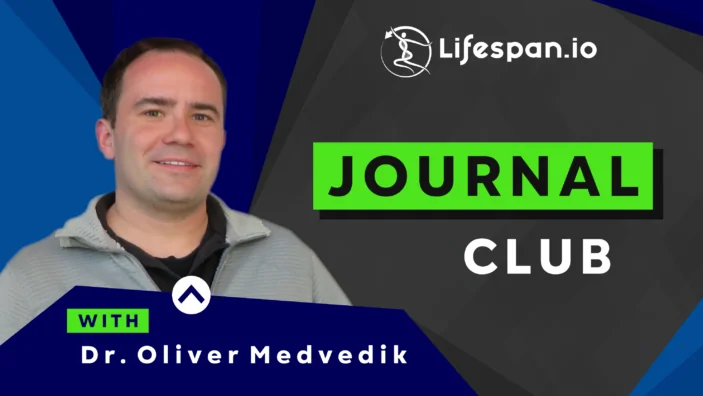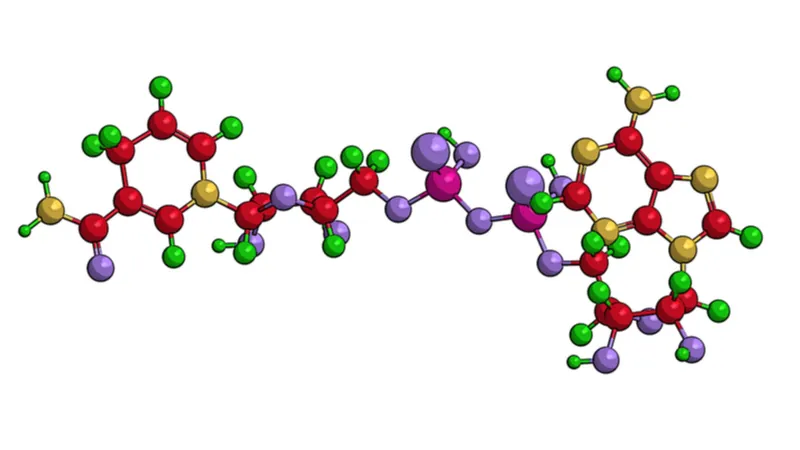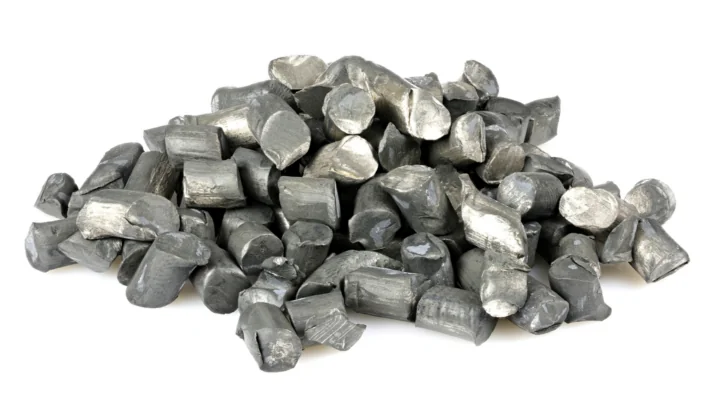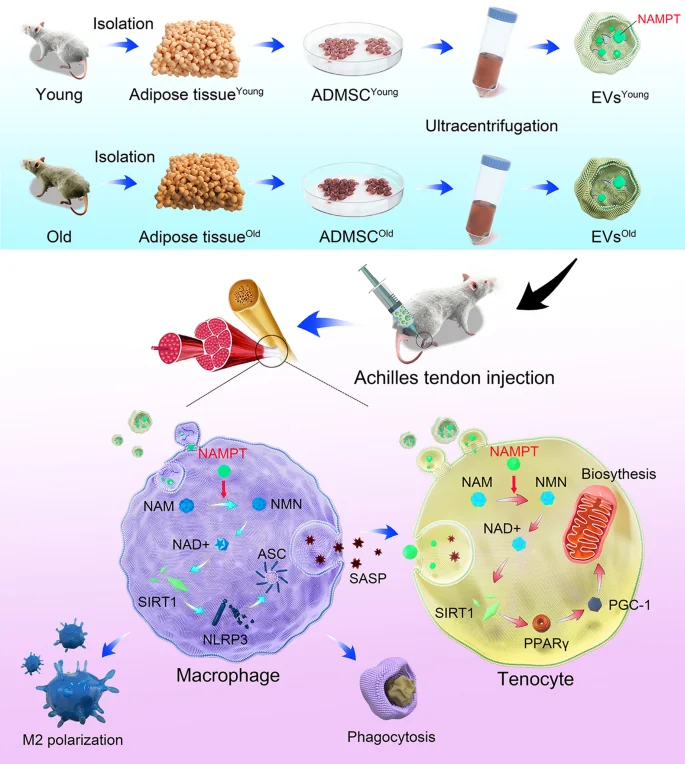Caloric Restriction Might Slow Down Human Aging
In a paper published in Nature Aging, researchers have shown that caloric restriction modestly slows down the pace of aging in healthy young people as measured by one of the DNA methylation clocks [1].
CALERIE design
A plethora of animal data has shown beneficial effects of caloric restriction for health and longevity. Human trials, albeit not that numerous, also suggest rejuvenation-promoting properties of eating less.
Comprehensive Assessment of Long-term Effects of Reducing Intake of Energy (CALERIE) was a two-phase trial designed to explore the effect of caloric restriction in healthy people. Phase 2 was a randomized controlled trial conducted in three centers over a two-year period.
The participants were men aged 21-50 years and premenopausal women aged 21-47 years who had normal BMIs or were slightly overweight. They were assigned to either a caloric restriction group (25% less than what they normally consume) or a control group (regular diet).
117 and 71 people in the experimental and control groups, respectively, completed the trial. Interestingly, the participants in the caloric restriction group were first provided with three meals for a month so that they could get used to the portion sizes.
The participants’ adherence to the caloric restriction diet was then assessed by their weight loss. Based on previous studies, scientists know how much weight the participants are expected to lose with a 25% reduction in caloric intake. Therefore, they can just compare the participants’ actual weight loss with a predicted weight loss trajectory.
The many clocks
In this publication, the researchers focused on DNA methylation (DNAm) data obtained from the participants of the CALERIE phase 2 trial. Epigenetic clocks use genome-wide methylation patterns to estimate biological age and predict mortality risks.
After the development of the first-generation Horvath clock [2], the second generation was built to match DNA methylation patterns to some clinical parameters, such as glucose and C-reactive protein levels. This includes PhenoAge [3] and GrimAge [4], the latter of which is highly predictive of mortality. The researchers of this study primarily used the principal component versions of these two clocks, which have greater accuracy.
Other clocks were developed by assessing epigenetic changes across multiple time points. The one used in this study is called DunedinPACE. This epigenetic clock was fitted to 19 biomarkers, including waist-to-hip ratio and cardiorespiratory fitness, and it shows high test-retest reliability [5].
The (not so impressive?) results
The PhenoAge and GrimAge clocks did not show any difference between the caloric restriction and control groups. However, DunedinPACE demonstrated a reduction in the aging pace of the participants on the restrictive diet.
An important shortcoming the researchers faced was that, on average, participants in the caloric restriction group could only achieve an approximately 12% reduction in consumed calories, not the prescribed 25%.
The scientists then tested if the pace of aging was slower in people who managed to achieve a higher caloric reduction. Indeed, the effect was better in people who achieved more than 10% caloric restriction than people who managed less than 10% as measured by DunedinPACE.
The authors admit that while only one out of three aging clocks showed a difference between caloric restriction and regular diet groups, this might be explained by the different methods on which the clocks are based. DunedinPACE could be a more sensitive measure, and the effect of caloric restriction on aging that it detected is in line with previous CALERIE results [6].
Abstract excerpt
Here we report the results of a post hoc analysis of the influence of CR on DNAm measures of aging in blood samples from the Comprehensive Assessment of Long-term Effects of Reducing Intake of Energy (CALERIE) trial, a randomized controlled trial in which n = 220 adults without obesity were randomized to 25% CR or ad libitum control diet for 2 yr. We found that CALERIE intervention slowed the pace of aging, as measured by the DunedinPACE DNAm algorithm, but did not lead to significant changes in biological age estimates measured by various DNAm clocks including PhenoAge and GrimAge.
Conclusion
This study adds to the growing body of evidence showing that caloric restriction has a beneficial effect on longevity. However, it also raises a number of questions and confirms some reservations. For example, it is unclear if caloric restriction works for people with lower BMIs. In this study, the participants were either on the higher end of normal BMI or overweight.
This study has also shown that achieving significant caloric restriction is not feasible for most people. Moreover, the effect of caloric restriction seems to depend on which measures are chosen to estimate it and varies from person to person.
Literature
[1] Waziry R, Ryan CP, Corcoran DL, Huffman KM, Kobor MS, Kothari M et al. Effect of long-term caloric restriction on DNA methylation measures of biological aging in healthy adults from the CALERIE trial. Nature Aging (2023): 1–10.
[2] Horvath S. DNA methylation age of human tissues and cell types. Genome Biol (2013); 14: R115.
[3] Levine, Morgan E et al. “An epigenetic biomarker of aging for lifespan and healthspan.” Aging vol. 10,4 (2018): 573-591.
[4] Lu, Ake T et al. “DNA methylation GrimAge strongly predicts lifespan and healthspan.” Aging vol. 11,2 (2019): 303-327.
[5] Belsky DW, Caspi A, Corcoran DL, Sugden K, Poulton R, Arseneault L et al. DunedinPACE, a DNA methylation biomarker of the pace of aging. Elife (2022): 11.
[6] Spadaro O, Youm Y, Shchukina I, Ryu S, Sidorov S, Ravussin A et al. Caloric restriction in humans reveals immunometabolic regulators of health span. Science 2022; 375: 671–677.





















